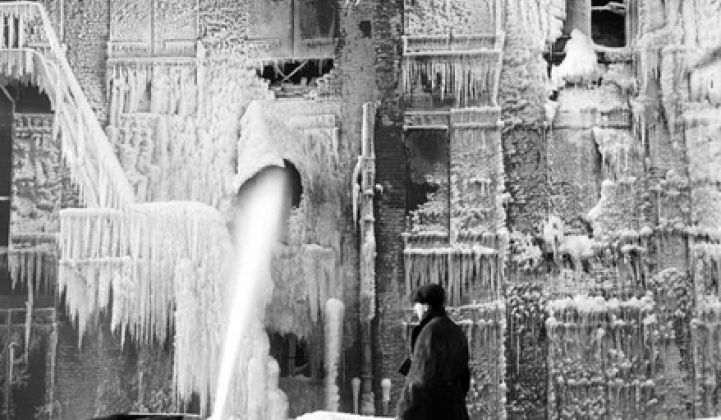While much of America's building stock is still a black box for energy use, this year has been an important one for transparency in the built environment.
As leading virtual auditing companies have expanded their reach to well over 1 billion square feet, they have uncovered trends in near-real time that statistical agencies and manual auditors are only able to find in hindsight.
The latest snapshot comes from WegoWise, a Boston-based firm that remotely tracks energy and water use in multifamily buildings. The company parsed data from 17,000 buildings and found a massive difference in utility bills between the most and least efficient structures.
According to WegoWise, utility bills for the top 10 percent most efficient multifamily units are eight times lower than units in the bottom 10 percent. In January, when utility bills reach their highest point, the worst-performing buildings use eight times more gas, five times more electricity and four times more oil.
Here's what that looks like for gas consumption:
Source: WegoWise
Naturally, the difference was much higher in January in Massachusetts, where winters are harsher. WegoWise found that multifamily buildings in that state use six times more gas in winter than during other periods of the year. But even in warmer California, buildings use 70 percent more gas in the winter.
Natural gas prices are much higher in the rest of the Northeastern U.S. due to pipeline constraints and strong demand. So customers in Massachusetts are taking a double hit: consuming far more gas at a much higher price.
The data set shows how vulnerable the worst-performing buildings are to price increases. But it can also be looked at in a more positive way.
In September, Retroficiency released a report on buildings in its portfolio showing a similar disparity. However, it showed that buildings with the top 20 percent most potential could offer savings potential of 40 percent, while buildings in the bottom 20 percent only offered 3 percent savings potential.
These tools appear to be doing what they were designed to accomplish: helping to target the buildings most in need of a retrofit, rather than make guesses.



